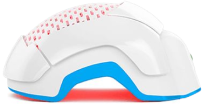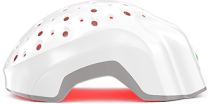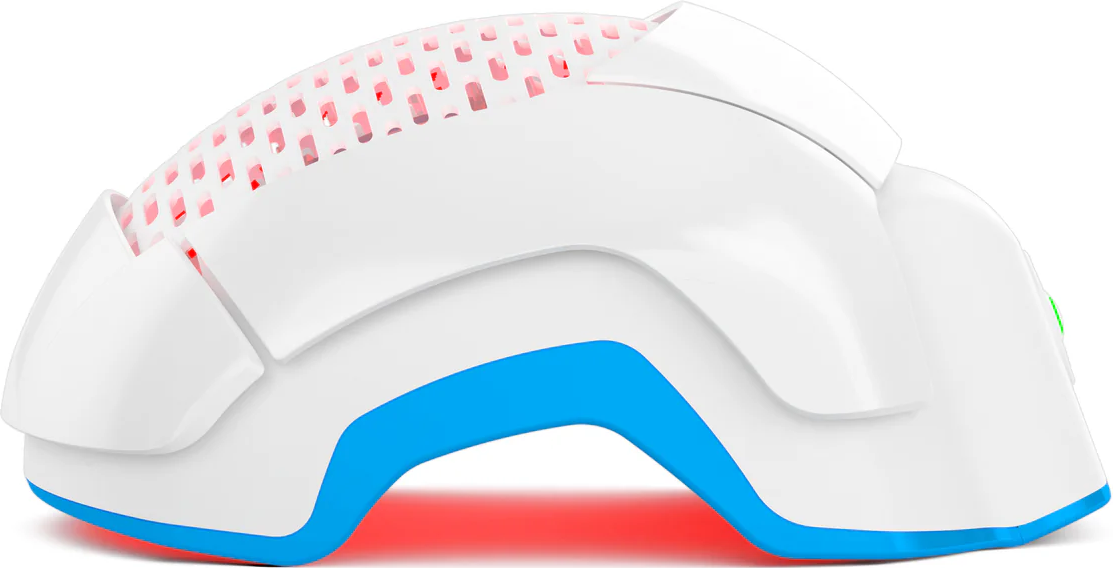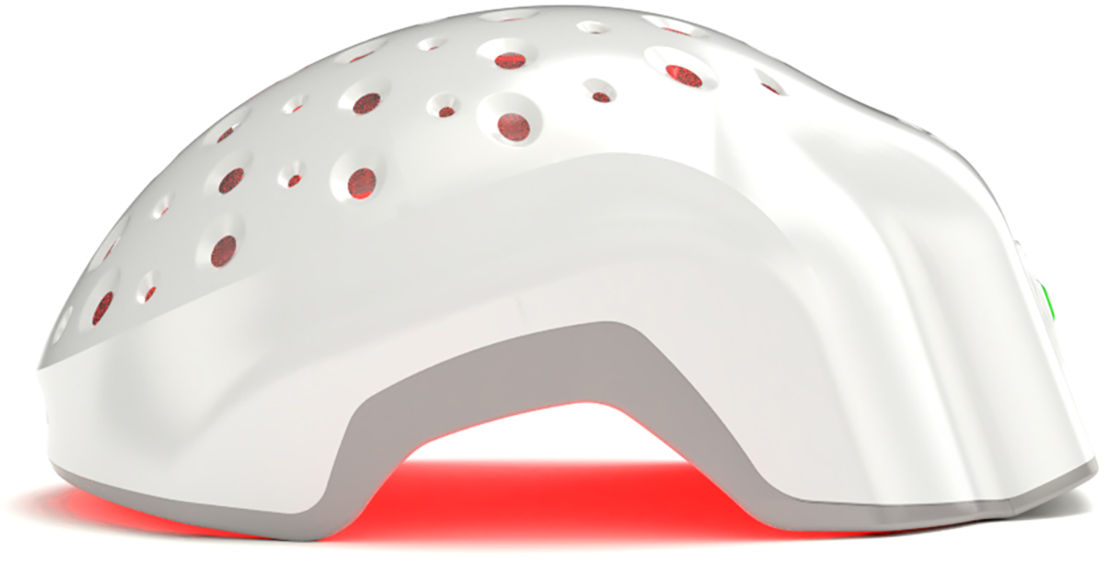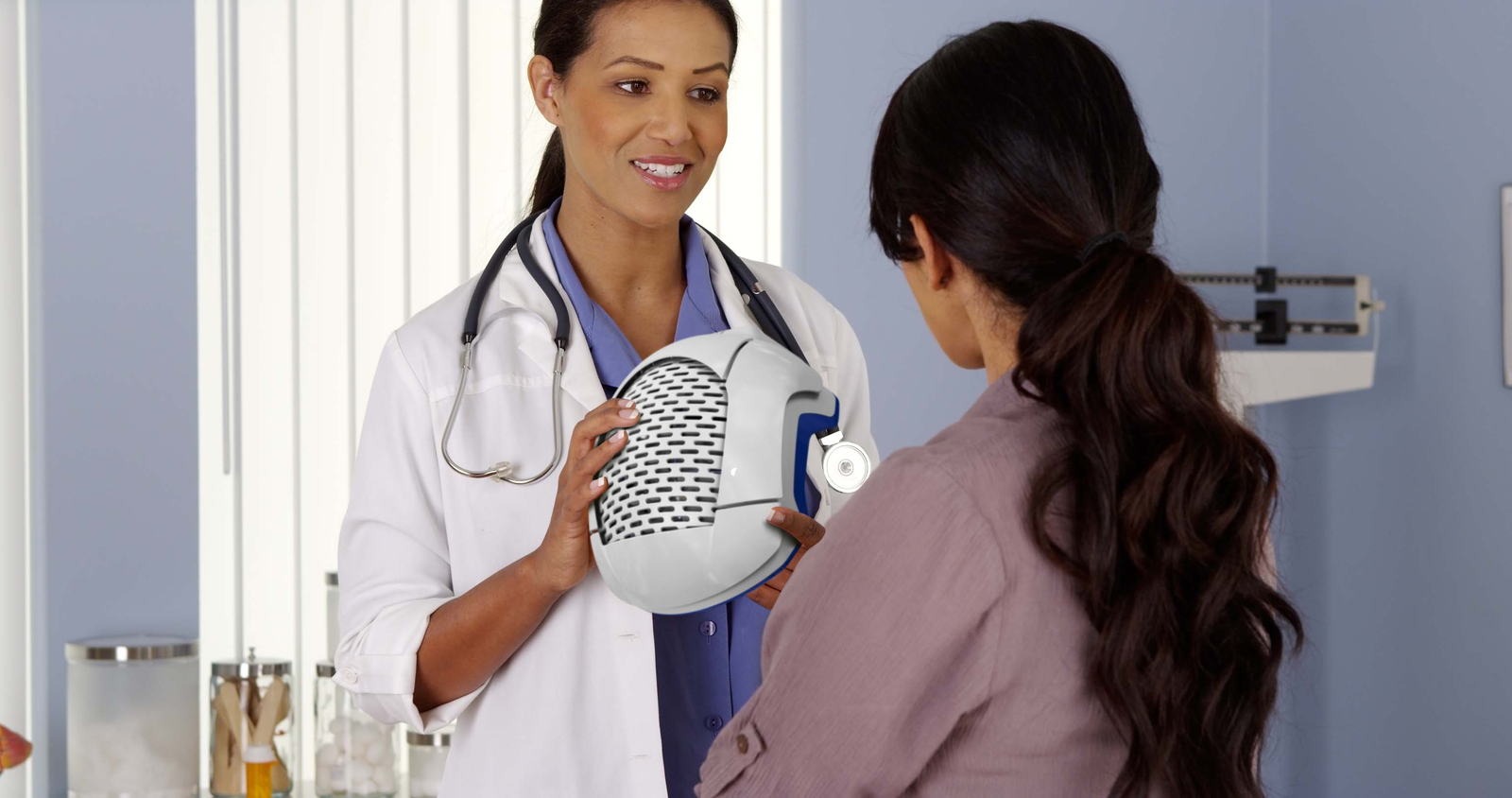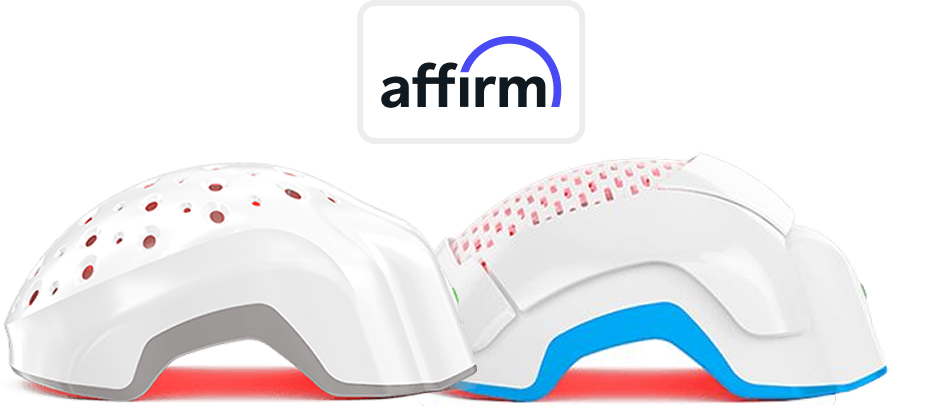"Does laser hair therapy cause shedding?" This is yet another rumor and unfounded myth surrounding laser hair restoration therapy, one primarily stemming from misleading brands. If you’ve been reluctant to try out this revolutionary technology, we’re here to put your mind at ease. Regardless of what you may have heard or read, laser hair therapy does NOT cause shedding. And here’s why.
First, we’ll assume that the laser hair therapy device you’re using is actually legit. This means it isn't some type of gizmo manufactured in China, such as LED devices which generate excessive heat. These are not effective at repairing hair loss at a cellular level and actually CAN lead to shedding. Never forget that you need to deliver an optimal dose of laser light energy (680 nm) to the base of hair follicles to see any sort of tangible results.
Minimal hair shedding, new hair growth, and an increase in hair shaft thickness are three well-proven results of laser hair therapy. But, back to the question at hand – why does a scientifically engineered laser hair therapy device NOT cause shedding?
Understanding the Hair Growth Cycle

If you’re healthy, your hair growth cycle functions optimally — meaning that at any time for normal individuals, about 85-90% of your hair is in the growth (anagen) or transitional phase, while only 10-15% is in the resting phase. The scientific term for this resting phase is the telogen phase.
Normally, every hair in the telogen resting phase is replaced by fresh, new hair ready to take its place. Healthy hair usually stays in the anagen growth phase from two to six years.
If you’re suffering from hair loss, whether for medical reasons, medications that cause extreme hair shedding, or genetics, then this isn’t the case. Instead, the anagen phase will last for less than two years, and hairs in the telogen phase are often not replaced.
That’s why you begin to shed more and more, and eventually develop the dreaded female or male pattern baldness.
How Laser Hair Therapy Improves Your Hair Growth Cycle
An optimal laser hair therapy device does a few things to support your hair growth cycle. First, hair that’s in the transitional phase (between the growth and resting phases), loses its arterial blood supply of nutrients. In a way, the hair bulb gets detached from the blood vessels that feed it. This is when it enters the telogen resting phase. The principles of laser hair therapy rely on substituting this nutrient supply of energy with light energy.
By feeding energy to your hair follicles, you are delaying the detachment of hair bulbs from their blood supply of nutrients. As a result, the growth phase becomes elongated. This entails a shortening of both the transitional and resting phases.
Since the word “phase” is associated with a period of time, you’ve guessed it — with the right dosage of laser energy, these two phases become shortened. This means that their pace increases. So a hair in the transitional phase enters the telogen resting phase a lot more quickly than usual. This means that it’ll leave the resting phase just as quickly. In other words, laser hair therapy speeds up the transitional and resting phases so that new hair can grow in sooner.
Hairs stuck in the resting phase hurry with frenzy to get replaced by new burgeoning hair follicles, born with a healthy, elongated anagen growth phase.
Where the Laser Hair Therapy Causes Shedding Myth Comes From

The myth that laser hair therapy (LPT) causes shedding originates from small, often hard-to-find disclaimers in product information. These disclaimers typically state something like, "Don’t be alarmed if you experience increased hair shedding at the start of your LPT treatments — this is normal and expected."
However, shedding in the early stages of treatment isn’t normal. The real cause is excess heat generated by lasers and LEDs when they are not properly regulated. This heat buildup can overstimulate hair follicles, triggering premature shedding. If not managed correctly, prolonged exposure to excessive heat can even damage follicles over time, leading to long-term thinning rather than regrowth.
To mitigate this risk, most LPT brands limit treatment duration, as heat accumulates the longer the device is in use. Though, this trade-off often results in suboptimal therapy, reducing the overall effectiveness of the treatment. According to the Swedish Medical Society, which has been researching laser dosage and optimal treatment times for tissue stimulation since 1976, the ideal session length for maximum therapeutic benefit is 20 minutes.
Theradome is the only LPT device engineered to manage heat effectively, allowing users to safely complete the full 20-minute session without the risk of heat-induced follicular damage. Ultimately, by maintaining a consistent and safe temperature, Theradome ensures optimal conditions for hair regrowth, making it a superior choice for those seeking effective laser therapy.
What to Know About Laser Hair Therapy
So, despite what some brands may lead you to believe, laser hair therapy does NOT cause shedding – in fact, it’s quite the opposite! Low-level light therapy (LLLT) applied to hairs at the beginning of the growth phase extends the duration of the growth phase. All other hairs are thus programmed to accelerate the birth of new, healthy hair follicles.
This is also why laser hair therapy is such a powerful tool at fighting hair loss. It has zero side effects that decades of clinical research and double-blind studies have backed up. Plus, it also has the power to alter the growth cycle of your hair to your advantage.
For guidance, stay away from short treatment times and make sure your laser hair therapy device uses actual lasers, as opposed to Light-Emitting Diodes (LEDs) which emit heat and damage your hair follicles.
The FDA-cleared Theradome PRO LH80 and Theradome EVO LH40 are engineered with 80 (for the PRO) and 40 (for the EVO) individual laser diodes that radiate at a wavelength specifically developed for hair rejuvenation (680 nm). Remember that 635 nm and 655 nm lasers are made for CDs and DVDs and do not affect hair growth because the energy output is not strong enough to reach deep into the scalp to the follicle.
Together, these diodes output an ideal power density. With just 20 minutes of continuous treatment time, the base of your hair follicles absorbs the energy they need to thrive. This level of efficacy isn’t possible with devices using LEDs, as they can’t maintain the proper power density and heat regulation, which leads to suboptimal results.
Choose Theradome today and embrace a future of beautiful, healthy hair. Your decision now will lead to a radiant tomorrow.


